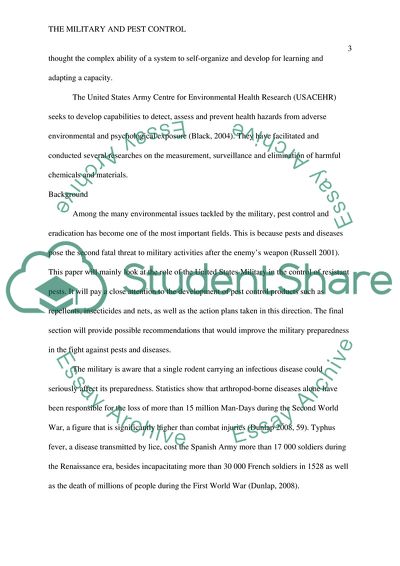Cite this document
(Resistance in Medically Important Pest and its Significance on Literature review, n.d.)
Resistance in Medically Important Pest and its Significance on Literature review. https://studentshare.org/environmental-studies/1820956-resistance-in-medically-important-pest-and-its-significance-on-military-preventive-medicine-operations
Resistance in Medically Important Pest and its Significance on Literature review. https://studentshare.org/environmental-studies/1820956-resistance-in-medically-important-pest-and-its-significance-on-military-preventive-medicine-operations
(Resistance in Medically Important Pest and Its Significance on Literature Review)
Resistance in Medically Important Pest and Its Significance on Literature Review. https://studentshare.org/environmental-studies/1820956-resistance-in-medically-important-pest-and-its-significance-on-military-preventive-medicine-operations.
Resistance in Medically Important Pest and Its Significance on Literature Review. https://studentshare.org/environmental-studies/1820956-resistance-in-medically-important-pest-and-its-significance-on-military-preventive-medicine-operations.
“Resistance in Medically Important Pest and Its Significance on Literature Review”. https://studentshare.org/environmental-studies/1820956-resistance-in-medically-important-pest-and-its-significance-on-military-preventive-medicine-operations.


